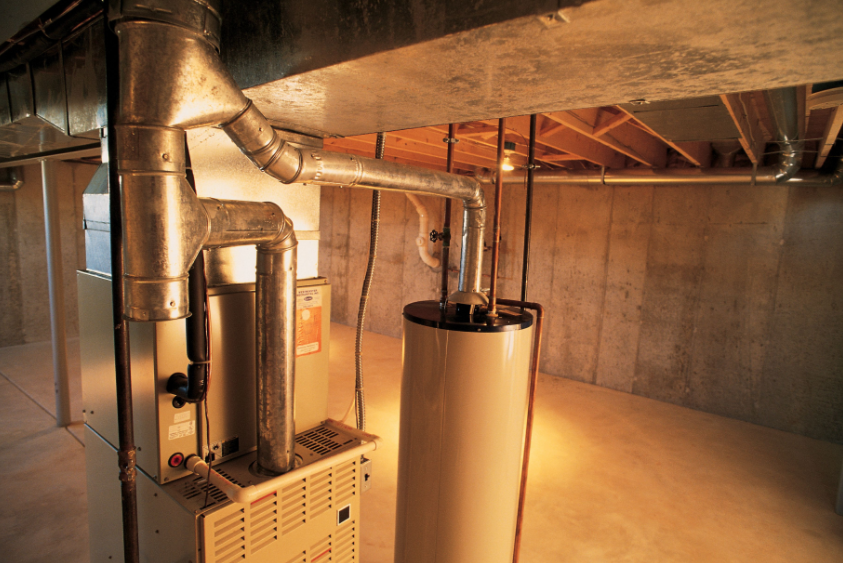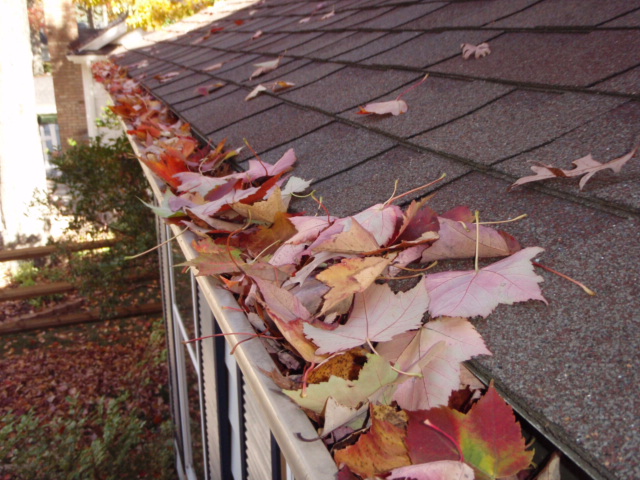As the crisp fall air transitions into frigid winter temps, it’s important to prepare your home for the colder months to ensure it’s safe, comfortable, and warm. Here are eight ways you can make your home winter-ready.
Prepare Your Plumbing
Freezing temperatures can wreak havoc on your pipes, causing them to burst and damage your home. Here’s a quick rundown of how to prevent frozen pipes:
- Locate any exposed pipe running along the wall or in an unheated area, such as an attic, basement, or crawl space.
- Wrap your pipe with heat tape or heat cable with a thermostat control.
- Make sure to choose the right type of insulation for your pipes (interior or exterior, and follow the manufacturer’s directions.
When there’s an extreme temperature drop, go to the kitchen, bath, and laundry areas and let water drip from your faucets. Moving water through the pipe system helps prevent frozen pipes.
Also, don’t forget to disconnect and drain outdoor hoses to prevent them from freezing and potentially damaging your outdoor faucets. Consider using faucet covers throughout the winter months for additional insulation.
Check and Maintain Your Heating System
Winter is a busy time for HVAC professionals, so don’t wait until the first frost to discover that your heating system needs attention. Before winter hits, hire a qualified technician to inspect your heating system. Regular inspections keep your home comfortable and extend the lifespan of your heating equipment, saving you money in the long run. During an inspection, a trained technician can clean and fine-tune your system, ensuring it operates efficiently and safely. They can also identify potential issues with your heating system before they become major problems. For ongoing maintenance, be sure to regularly clean or replace your air filters to help optimize airflow and make your heating system more efficient.

Seal Air Leaks
As temperatures drop, those tiny cracks and openings in doors and windows can let in chilly drafts, making it harder to keep your home warm and increasing your energy bills. While doors and windows are the most common locations for gaps, your attic, basement, and crawl space can have air leaks, too. Look for potential leaks in these areas:
- Attic hatch or opening
- Wiring holes — e.g., cables,l outlets, phone lines, etc.
- The side walls that support the attic
- Plumbing vents
- Recessed lighting
- Ducts and flues
- Basement rim joists — i.e., where the foundation and wood framing intersect
When you identify air leaks, use caulk or weatherstripping to help seal the gaps. You’ll keep the warm air in and prevent cold air from entering your home, helping increase comfort and reducing your energy consumption.
Clean and Inspect Chimneys and Fireplaces
As the colder months approach, it’s crucial to clean and inspect your chimneys and fireplaces to ensure they’re safe and ready for use. Over time, creosote and debris can build up in your chimney, creating a fire hazard when you gather around the fireplace. Hiring a professional chimney sweep to remove this buildup reduces the risk of chimney fires and allows for better ventilation. They will also thoroughly inspect your chimney and fireplace to check for structural issues or blockages that might hinder efficient airflow. To further keep your home and family safe, consider getting a fireplace screen to prevent sparks and debris from entering your living space.
Check Your Home’s Insulation
Poor insulation can lead to heat loss and higher energy bills during winter, so consider hiring a professional to inspect your home’s insulation. They will inspect your attic and walls to ensure it’s in good condition and meet recommended R-values for your region. If they find gaps or damaged insulation, they may suggest replacing or reinforcing it to maintain a comfortable indoor temperature and reduce energy waste. If you need to upgrade your insulation, check with your homeowners insurance provider to see if they offer any discounts for these renovations.
Outdoor Maintenance
Outdoor maintenance helps protect your home from potential winter-related damage and keeps it in good shape throughout the colder months. Here are some tasks to cross off your to-do list:
- Clean out your gutters to remove leaves, twigs, and debris that can cause blockages and prevent proper drainage.
- Consider installing gutter guards, as they help keep gutters clear and reduce the risk of ice dams and water damage.
- Trim any overhanging tree branches to prevent them from falling onto your roof during winter storms.
- Ensure your outdoor faucets and hoses are properly winterized to prevent your pipes from freezing.
- Examine your home’s exterior for any cracks or gaps that could allow cold air to infiltrate.

Energy-Efficient Upgrades
Consider making energy-efficient upgrades to your home as part of your preparations for the colder months. Investing in these upgrades can help reduce your environmental footprint and lower your utility bills. Start by replacing old, drafty windows and doors with energy-efficient models to prevent heat loss. You can also upgrade your thermostat to a programmable or smart model that allows you to optimize your heating system and reduce energy consumption. Additionally, consider switching out your incandescent bulbs with LED lights, which use significantly less power and last much longer. These upgrades may require an initial investment, but the long-term savings and improved comfort they provide make them a wise choice for staying warm and eco-conscious during winter.
Emergency Preparedness
Winter weather can sometimes bring unexpected challenges, from blackouts to severe storms. Being prepared can give you peace of mind and keep your family safe and comfortable during unexpected winter events.
- Ensure you have an emergency kit on hand, stocked with essentials such as non-perishable food, bottled water, flashlights, batteries, a first-aid kit, and warm blankets.
- Have a backup heating source, like a portable space heater or a generator, in case of power loss.
- Inspect and maintain your smoke and carbon monoxide detectors, and have a fire extinguisher within easy reach.
- Make sure everyone in your household knows the emergency plan and how to safely use any backup heating sources.
With these eight essential tips, you’ll be well-equipped to confidently embrace the colder months, knowing your home is warm, cozy, and ready to weather whatever winter may bring.




